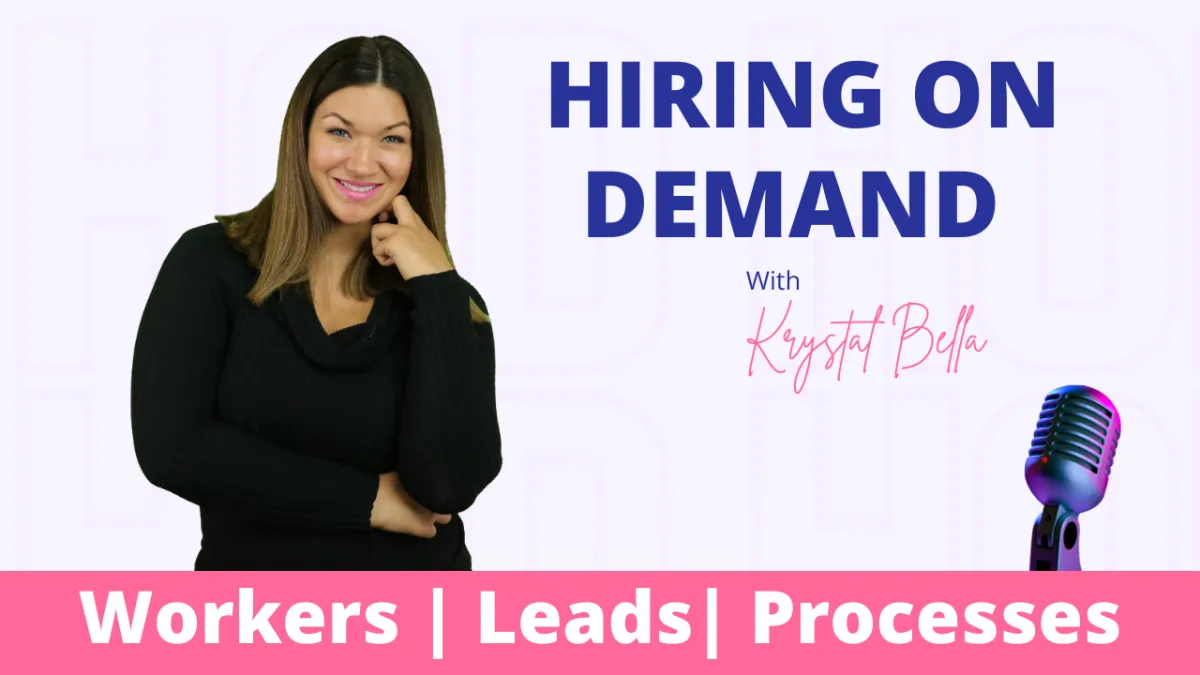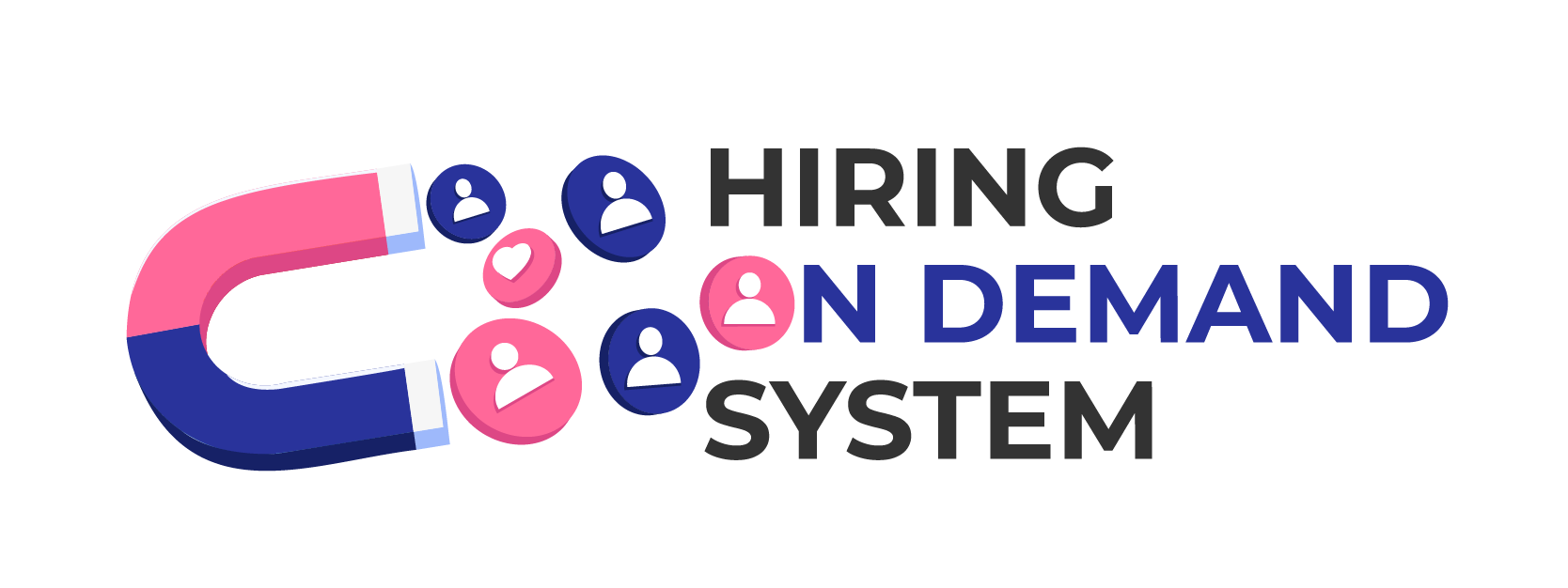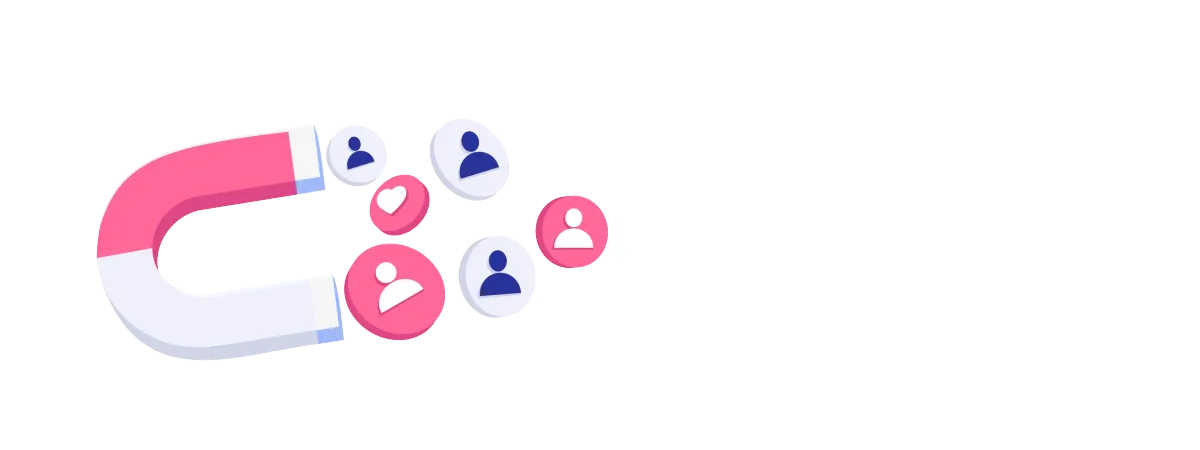Blog Posts

Fixing Worker Issues

Listened to the full podcast here: https://spotifyanchor-web.app.link/e/uCGZUsPAXtb
Want to read the transcript instead?
(00:00)
How many of you guys wanna fix some type of worker issue right now, this is something that is so serious that everyone is facing right now. I wanted to dive into three things with you today to go ahead and fix some of the worker issues that you are experiencing, that you can leave with by the end of this podcast and implement and try to work into your business. So again, everybody's having this issue. How do I know? Well, I'm a hiring expert. We manage lots of business, uh, small business hiring ads, and we have a Facebook group to join the group. There's a question that says "what's your pick is struggling in hiring? Every single person is saying something very similar. And it's saying something along the lines of quality workers, getting workers who are motivated, workers that wanna show up workers that listen. And one thing that you need to realize is that all of these issues are stemming from more than one problem.
(01:00)
I wanna give you two scenarios. Like, so let's imagine you have a worker who you hired on and they're kind of like a friend, right? So you guys talk about your relationships, talk about family problems, maybe some problems that are going on with some other workers, maybe you buy their lunch, and then when they call out, it's kind of puts your team in a bind, puts you in a bind, you get maybe pissed off or mad. And then yeah, pretty quickly, cuz you're back to being buddy buddies because you don't have any more team members. Okay, So let's imagine another scenario where you have high turnover and anybody who passed the hiring paperwork barely makes it past two weeks. So you have a high turnover, right? So we consider high turnover, um, or anything for turnover related to a kind of start after they've completed their paperwork.
(01:53)
Right? So if they've showed up to day one and they don't show up to day two, that's a turnover problem. That's operational problem. But typically a lot of business owners start to say immediately, like once they are experiencing these issues that nobody wants to work and I can't find anyone. And I want you to kind of think of how the worker's day is, right? So the reality is their day-to-day went something like this, right? They met their new to your company. So they don't know anybody. So they met a stranger for them to work on their very first day. Maybe the stranger talked about the relationships, some bad things that they're experiencing at home. And didn't, they didn't really connect with that person. Maybe they felt like they didn't have the right training or support. They didn't feel like they were really part of a team. They felt way over their head. And then maybe they had done something that wasn't kind of up apart. And they got constructive criticism in, you know, an offensive manner, and they felt like they'd never wanted to come back.
(02:59)
So, every company is completely different in their own reasons or scenarios of what is causing the more specific issues. Like I said, it's not just one thing. It's not typically just fixing the traffic for your hiring and that's going to solve everything. It's not looking for people who have the experience already, it's not looking for people who are just more motivated and wanna work and care. It's not, it's operationally so many different things that you have to fix. A lot of business centers don't realize that there's a trickle-down effect for just different things that they let slide or that they're too strict on or just all these other things that they have in their business. There's a trickle-down in fact, that's really hard to see that, especially when you're in your business so much. So in order to get somebody to support your vision, I really do recommend adding an additional segment to your onboarding process to kind of make them connect to the why of your business.
(04:05)
And Chris Ronk has an amazing, hopefully I said that, right, Chris Renzo, I know it's a Renzo. I think it's Chris Renzo. Hopefully I didn't sure that wrong, right? He's the owner of Aran and I'm part of the process people and a certified process consultant, um, uh, in addition to the hiring space. So we, we do all that. Goodness. Um, but he has an amazing example of setting up the why, like the connection with your, your employees and they need to connect to your backstory. And if you can't get them to connect to your backstory, it's really hard to get them to want to care. They'll have some type of caring aspect, of course, cuz you're doing all the great hall, uh, hiring and screening process, which, you know, if you, you don't know how to do that, definitely should, uh, check out our free training.
(04:56)
Um, I'll include the free training link down into the description. So check it out. Um, or you could book a hiring strategy call with us, but essentially you want to make sure that you have a good motivational segment to connect them to their why. So Chris Ramsey with how he breaks it down, he literally tells the why of how he started tri right? So he started it because he was a video production company and he was, he was growing and he just needed to scale and hire on more team members. And you know, he goes into his whole story of why. And that is how train wall came about. There was a business that we spoke with today on a strategy call and she started her business because she wanted to make $700. And very quickly she ended up making so much more out of the business and ended up being able to retire her husband off of one commercial cleaning.
(05:55)
And again, we help all industries, but that's one example, right? That why helps again, that applicant or that employee, that contractor connect to what you, what you? your why? and why got into the business, whether let's say your, uh, contractor based company and you work with contractors, your why could have been, you saw so many business owners or you saw so many customers who needed support and they were just getting overpriced or weren't having enough service, or maybe you got screwed out of a contract or, you know like you have an experience of why you started it and what that bigger picture meant. And connecting that with the new board, new hires is gonna make the world of difference. But piggybacking onto that kind of segmenting and segmenting a few layers deeper is just gonna make the world of a difference, like going into your values, not just listing it with the text, but having a demonstration of the value, putting activities behind it, like, okay, do this activity to demonstrate this value, like get them excited about it.
(07:03)
And there's so much more too, like showing your customer reviews and all the transformation pictures. And if you do company gas cards, like taking pictures and like showing people are excited and having an employee of the month and like a record of here's the employee of the month or here's, here's a worker vacation that we did. And here are the pictures from it. And here's the event it's like, that is what people get connected to. And it's like, no, like small business owners don't have this a lot. And it's something that needs to be built into place. And FYI, quick segue, we do help you build this as well. all right. So I wanna dive into thing two that I want you to do. So thing one was really just kind of registering to yourself that these issues that you are probably having right now with workers are stemming from more than one issue.
(08:01)
And it's typically an operational issue and it's not just one thing. It's not at the entry point, so just realizing again, that it is a larger scope that you need to look at and consider. So step two would be for you to brainstorm all of the issues that you're currently having right now. So again, this works for employees or contractors. I advocate for both. Uh, so this could be things like cell phones on the job. And when you see other people with cell phones on the job, it's making your other team members feel like they're working harder. Maybe some supplies are missing. You're having too many complaints rolling in. You have contractors that are not responding. People are, that are calling out. I want you to literally dump all of these problems that you're having out on a piece of paper and just list as many as you can. This is really gonna be able to help you identify what you need to
(08:54)
Work on, and that's gonna help you in step three. And I recommend you look at each problem that you have. And I want you to ask yourself, what is something that you could fix about this problem with your follow what is something that you could fix with a deal breaker? What is something that you can fix with an interview question? What is something you can fix with an expectation that you could set better? And what is something that you could fix with your training? Whether that's a voluntary orientation of you were contractors, whether it is, you know, physical training policies putting in your contract, like, what is it that, and it doesn't mean that you have to have something for each one. Like you don't have to have like a deal breaker for everything, you know, So you will have things that are applicable and things that aren't, but that's a really good starting point just to again, look at your list and say, okay, so every single person that I'm getting right now is not having reliable transportation.
(10:01)
Well, is there something that your team can do to, with increasing the follow-through? Well, yeah. Your team could follow through with making sure that they have a car, plain and simple. Maybe it's being, being slipped. Maybe you already have it on the application, but they're slipping through still. So maybe like your team is maybe, yeah, I have reliable transportation. Maybe it's like, you feel they're like a little if maybe they sound iffy on the phone, and then your team's just so desperate that you're just like, okay, I'm, I'm gonna do it. I'm gonna, so maybe it's tightening up the follow-through. Maybe it's adding a, a different deal breaker. Maybe it's clarifying the deal breaker, but a deal breaker is essentially putting a question on your application that has a few different responses to kind of gauge if they're going to be acceptable or, you know, not acceptable.
(10:58)
If it's not acceptable, it's a deal breaker and it doesn't let them go to the next step. Or maybe it's an interview question. So you really need to decide if, how big of an issue it is and kind of whether it needs to go on the deal breakers or the interview questions. Sometimes it can be both. You really don't wanna overcomplicate the process as well. Um, there is a fine balance. So if it's something that needs more of a scenario-based response to where you really wanna clarify, for instance, I, I grew up in the cleaning industry, so I have a lot of cleaning examples. And again, we don't just help the cleaning industry. Um, but I, uh, a common question for like the cleaning industry would be something similar to how would you clean a bathroom on a deep cleaning? Walk me through that from start to finish.
(11:49)
And they would go through, that would be something I would want to personally see or hear at the interview, not really on paper. So then that could really help me see, like, are they confident in their response? Did they give me enough detail? Are they hesitant? Are they even paying attention? Like these are things that you can improve on the interview. And then maybe there's another expectation that you could set. So maybe the expectation isn't really set that they need to have a private car on the job post. Maybe it's not, you know, really set a few other areas. Haha. My kids's alarm, um, as well. So same thing with the training you wanna ask yourself, is there anything that you could fix with the training and again, not every area is applicable. So when it comes to, do you have a car not really gonna have any training on the car, unless they're a driver, if they're a driver, then you may want to, and again, if this is an issue, this is on your list, then you may want to have something similar to maybe a safety training, um, or, and the safety training can consist of making sure that they're not using their phone and whether or texting and driving or calling and maybe that the passenger's using it, or maybe you provide a company car holder and to, to use that process.
(13:14)
And again, it's kind of identifying what all your problems, area, problem areas. And then where do you need to plug it in and develop the right operational component in order to see the biggest difference? So to recap, you guys, the biggest thing to kind of fix your worker issues at this time would be to remember that it is not just one area, that it is a bunch of areas in the operational backend that do need some touch points and some tender, loving care in order to kind of fix the overarching issue. And the second thing would be to brainstorm all of the things and issues and that, uh, complaints and all the stuff that you're experiencing right now and then use the F diet framework to help solve each scenario. Again, it's a follow-through deal, breakers, interview questions, expectations, and training. Hopefully, this was helpful and you can go ahead and implement this in your business.
Struggling To Attract Quality Workers?

3 Simple Shifts To Attract Quality Workers Webinar


🔥 FREE TRAINING ALERT 🔥
See How You Can Attract Quality Workers With 3 Simple Shifts!
Learn how to finally get quality workers, and discover my proven method that gets new hires again and again like clock work!



